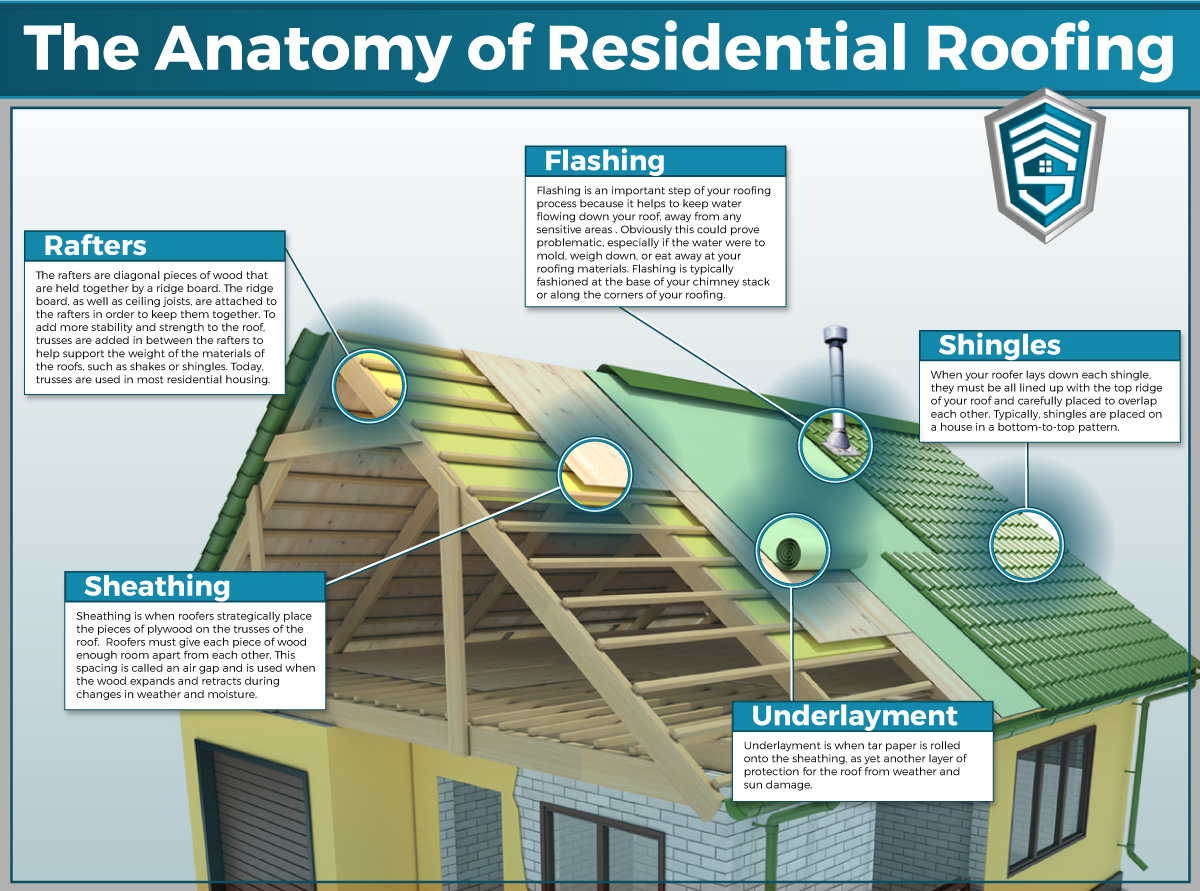Usual Risks In Roofing Setup And Ways To Sidestep Them
Usual Risks In Roofing Setup And Ways To Sidestep Them
Blog Article
Content Create By-Adamsen Randrup
When you're preparing a roofing setup, it's very easy to forget important details that can result in substantial issues down the line. You could be lured to reduce corners on product option or avoid appropriate blinking setup, yet these common blunders can cause expensive repairs later on. Understanding the significance of ventilation and adhering to regional building regulations is important for a successful job. So, what are the key steps you should require to ensure your roofing stands the test of time? Allow's check out some efficient techniques to prevent these pitfalls.
Poor Product Option
When it pertains to roofing installation, picking the incorrect materials can result in costly problems down the line. You could believe that any roofing product will certainly do, yet that's a typical misunderstanding. It's crucial to select materials that fit your local climate and the specific demands of your home.
For instance, if you reside in an area with hefty rainfall or snow, choosing asphalt shingles might not be the very best selection. Rather, consider more durable options like metal or slate.
Additionally, take note of the high quality of the products you're thinking about. link web page might save you money upfront, but they usually do not have durability and can cause constant repair services or substitutes.
You should also think of the style of your home and guarantee the materials you select will preserve its aesthetic allure.
Ultimately, don't forget to consult with specialists. They can give valuable understandings and advise materials that comply with local building codes.
Spending time in correct material option currently can assist you prevent migraines and expenditures in the future, making your roof covering job a success.
Inadequate Flashing Installation
Choosing the best products isn't the only aspect that can cause roof covering troubles; insufficient flashing setup can also produce substantial issues. Flashing is https://roofingcostcalculator27395.blogginaway.com/34576374/eco-accountable-roofing-sustainable-options-for-your-home for guiding water far from susceptible areas, such as smokeshafts, skylights, and roof covering valleys. If it's not installed properly, you risk water breach, which can bring about mold growth and structural damage.
When you install flashing, guarantee it's the right kind for your roofing's design and the regional environment. As an example, metal flashing is typically extra durable than plastic in areas with hefty rainfall or snow. Make sure https://juliusgcwun.dsiblogger.com/66953256/the-total-roof-covering-handbook-making-enlightened-choices-regarding-materials-for-your-home flashing overlaps appropriately and is safeguarded tightly to avoid spaces where water can seep through.
You must likewise pay attention to the installation angle. Flashing ought to be positioned to route water away from your home, not towards it.
If you're unclear concerning the installment process or the materials required, consult a specialist. They can assist identify the most effective flashing choices and make certain every little thing is mounted appropriately, protecting your home from prospective water damages.
Taking these actions can save you time, cash, and frustrations later on.
Neglecting Air Flow Demands
While lots of homeowners focus on the visual and structural aspects of roofing installation, overlooking ventilation needs can bring about significant long-lasting effects. Correct air flow is important for controling temperature level and moisture degrees in your attic, stopping problems like mold development, wood rot, and ice dams. If you do not set up ample ventilation, you're establishing your roofing up for failing.
To avoid this blunder, first, analyze your home's specific ventilation requirements. A balanced system normally includes both consumption and exhaust vents to promote airflow. Guarantee you've installed soffit vents along the eaves and ridge vents at the top of your roof. This combination enables hot air to run away while cooler air enters, keeping your attic area comfortable.
Likewise, take into consideration the kind of roof material you have actually chosen. Some products may call for added air flow methods. Confirm your neighborhood building ordinance for ventilation standards, as they can differ substantially.
Lastly, do not fail to remember to inspect your air flow system regularly. Blockages from debris or insulation can hamper air movement, so keep those vents clear.
Conclusion
To conclude, avoiding common roofing setup blunders is key to ensuring your roof's long life and efficiency. By selecting the ideal materials for your climate, installing blinking correctly, and resolving ventilation needs, you can protect against pricey concerns later on. Do not neglect to acquaint on your own with local building regulations and schedule normal assessments. With these actions, you'll delight in a safe, sturdy roof covering that secures your home for many years to find. Pleased roof!
